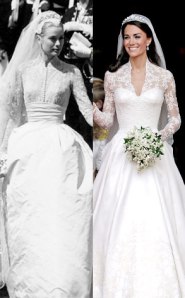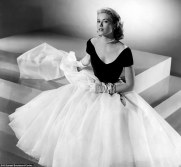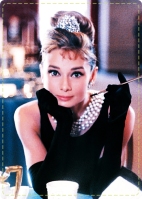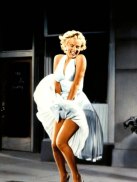Hubert De Givenchy recently stated that, “fashion should evolve slowly, without any revolution…”. As much as I absolutely agree with him, the Fast Fashion of today has done wonders for our economy.
The fast fashion business model can make your clothes feel outdated very quickly. Retailers such as Zara, have deliveries to store twice a week, H&M and Forever 21 receive new styles daily and Topshop online reveal 400 new styles weekly. There’s no wonder as to why consumer’s feel their clothes become out of trend so soon after buying them. Having said this, the fast fashion business model is effectively creating and providing more jobs for designers, and retail jobs not only on the shop floor but to head office too, thus reducing unemployment. Simultaneously according to the Office of National Statistics, the Consumer Price Index has grown by 1.2% in the year to September 2014.
This model essentially manipulates the consumer into spending more money. The general consensus of the consumer is that they are able to buy more clothes with their money. What they are not realising is that they are getting what they pay for. More often than not, these garments are of poor quality – witnessing buttons falling off and beading & sequins a sign of child labour. If that’s not enough, over 1100 workers were killed with thousands more injured when 3 factories collapsed in Bangladesh. These factories were host to the likes of Primark, Mango, Matalan and Wal-Mart. This collapse occurred after a fire in a factory in a neighbouring district a few months before. Sam Maher of Labour Behind the Label stated that, “Tragedy after tragedy shows that corporate controlled monitoring is completely inadequate”. This begs the question, is it better to spend the same amount of money on fewer statement pieces that are of better quality, rather than a vast number of garments that are likely to fall apart after one wash?
Garments are less likely to feel dated quickly if the consumer is buying statement pieces for their wardrobe. This also enables the consumer to get creative, to mix and match accessories with their statement pieces, switch up their make up to even changing shoes and bags worn with the clothes to make it look like a different outfit each time.
I appreciate that fast fashion works for a lot of people for various reasons. I feel that Selfridges has recognised this. They do not only cater to the upper market with haute couture and high-end designers, they also have H&M and Primark concessions. Thereby not alienating any consumers, a principle they have stuck with since Harry Gordon Selfridge opened the store in 1909. In effect, this drives sales and further fuels our economy.





